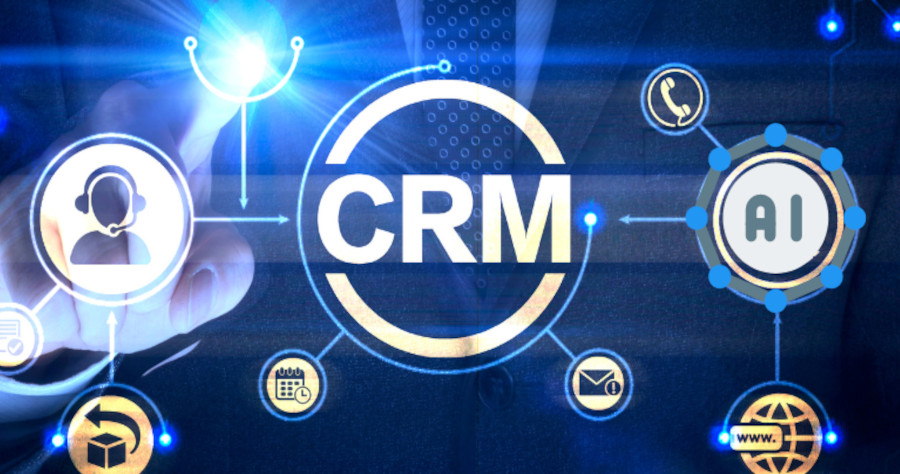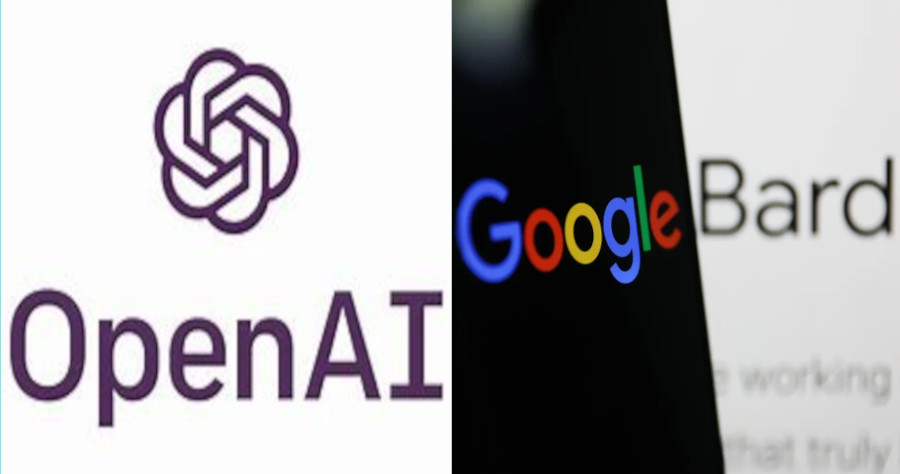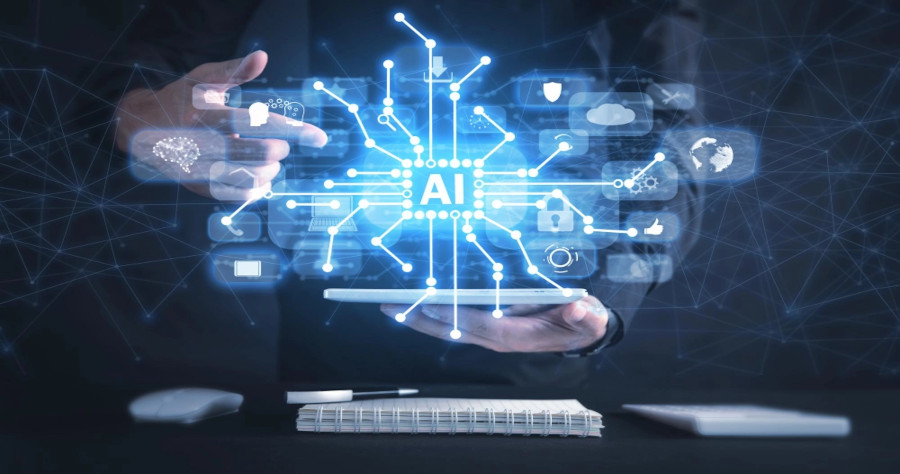Using a Customer Relationship Management (CRM) program offers several benefits that enhance collaboration among employees and various stakeholders with a vested interest in the business’s success. CRM systems provide a centralized platform for sharing information, allocating tasks, and tracking progress, leading to improved efficiency, communication, and decision-making. Here’s how a CRM program can facilitate collaboration:

- Internal Collaboration among Employees: A CRM program allows employees from different departments, such as sales, marketing, and customer service, to access and update customer information in real-time. This seamless sharing of data enables teams to work cohesively toward common goals. For instance, a marketing team can analyze customer preferences and create targeted campaigns, while the sales team can track leads and manage customer interactions.
- Task Allocation and Tracking: Within a CRM system, tasks and assignments can be allocated to specific team members. Managers can assign tasks based on skillsets and workloads, ensuring that each employee’s strengths are utilized effectively. For example, a sales manager can allocate leads to different sales representatives based on their expertise or geographic location. The CRM system also tracks task progress and completion, allowing managers to monitor productivity and identify potential bottlenecks.
- External Collaboration with Partners and Suppliers: A CRM system can be extended to include external partners, suppliers, and distributors in the collaboration process. This enables efficient communication and coordination, ensuring that all parties are aligned with the business’s goals. For instance, a manufacturer can share production schedules and inventory levels with suppliers, allowing them to adjust their own operations accordingly.
- Enhanced Communication with Customers: CRM systems provide a platform for capturing customer interactions and preferences. This information can be shared across departments, allowing customer-facing teams to provide personalized and consistent service. For example, if a customer’s support ticket history is accessible to the sales team, they can tailor their interactions to address any concerns or preferences raised in previous interactions.
- Real-time Updates and Alerts: CRM systems often include notifications and alerts that keep users informed about important updates, deadlines, and events. For instance, if a customer submits a support request, the relevant teams can receive notifications, ensuring prompt response and resolution.
- Data Analytics and Reporting: CRM programs offer robust reporting and analytics capabilities, allowing teams to generate insights from shared data. For example, sales teams can analyze historical sales data to identify trends and forecast future sales, while marketing teams can evaluate the effectiveness of campaigns based on customer responses and interactions.
In practice, consider a scenario where a company uses a CRM system to manage its sales process. The sales team can access customer profiles, communication history, and purchase behavior. If a potential customer’s inquiry requires input from technical experts, the salesperson can easily involve the technical team, ensuring accurate and relevant responses. After the sale is made, the customer’s information and requirements are shared with the customer service team for ongoing support.
In another example, a manufacturing company using a CRM system can collaborate with suppliers. When demand for a product increases, the company can inform suppliers about the expected quantities and delivery timelines. This allows suppliers to adjust their production schedules and ensure that the necessary raw materials are available.
In conclusion, a CRM program acts as a hub for collaboration, enabling employees and external parties to share information, allocate tasks, and track progress. This streamlined collaboration enhances operational efficiency, customer service, and overall business success.






